Micro-LED Forecast, But…
While the details are sparse, they do cite a number of challenges that need to be met in order to reach these goals, with the cost of the micro-LED chips themselves the biggest stumbling block, a logical conclusion given the almost 25m needed for a 4K TV and the necessity for almost absolute uniformity across such vast numbers, something the industry is unable to do presently. As we have mentioned a number of times, the transfer process for such large numbers and such small devices, is also a major challenge, one that has spawned a number of competitive solutions that have yet to prove themselves effective, but they did mention one area in the development of micro-LEDs that tends to be overlooked, and that is testing.
Standard practice for testing LEDs is photoluminescence, which allows larger LEDs to be ‘binned’ (classified) by their brightness, so systems such as LED backlights have uniformity. However when LEDs drop to the sizes that will be needed for micro-LED displays that are within normal parameters (say 65” or 75”), it gets progressively harder to make those measurements and obviously more time consuming based on the number of micro-LEDs. Without a repeatable and consistent ability to test micro-LEDs, particularly before they are transferred to a substrate, the technology will be unable to compete and the transfer process will become moot, so with open questions as to just these few challenges to the development of Micro-LEDs we see forecasts as laced with too many …but, if...’s to be of service. Maybe it sells expensive reports, but while we commend those who can see into the future, we would rather see continuing updates on the progress of the challenges mentioned and those that will potentially appear when the first set are solved than forecasts that we know will have little relevance to actual commercial development and implementation.

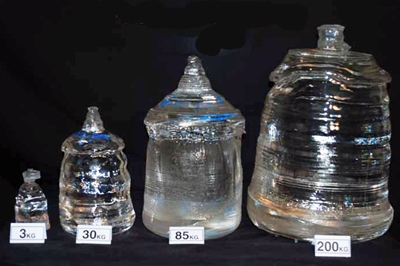

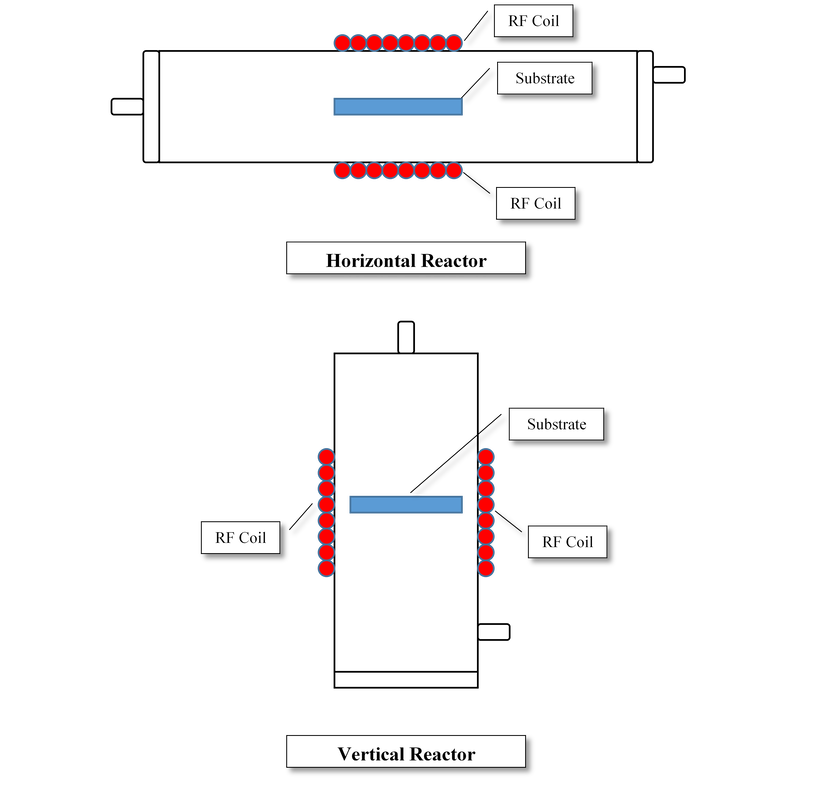
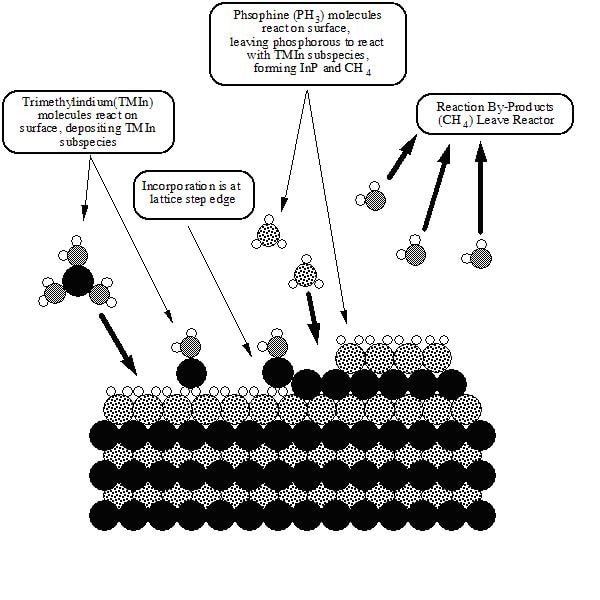
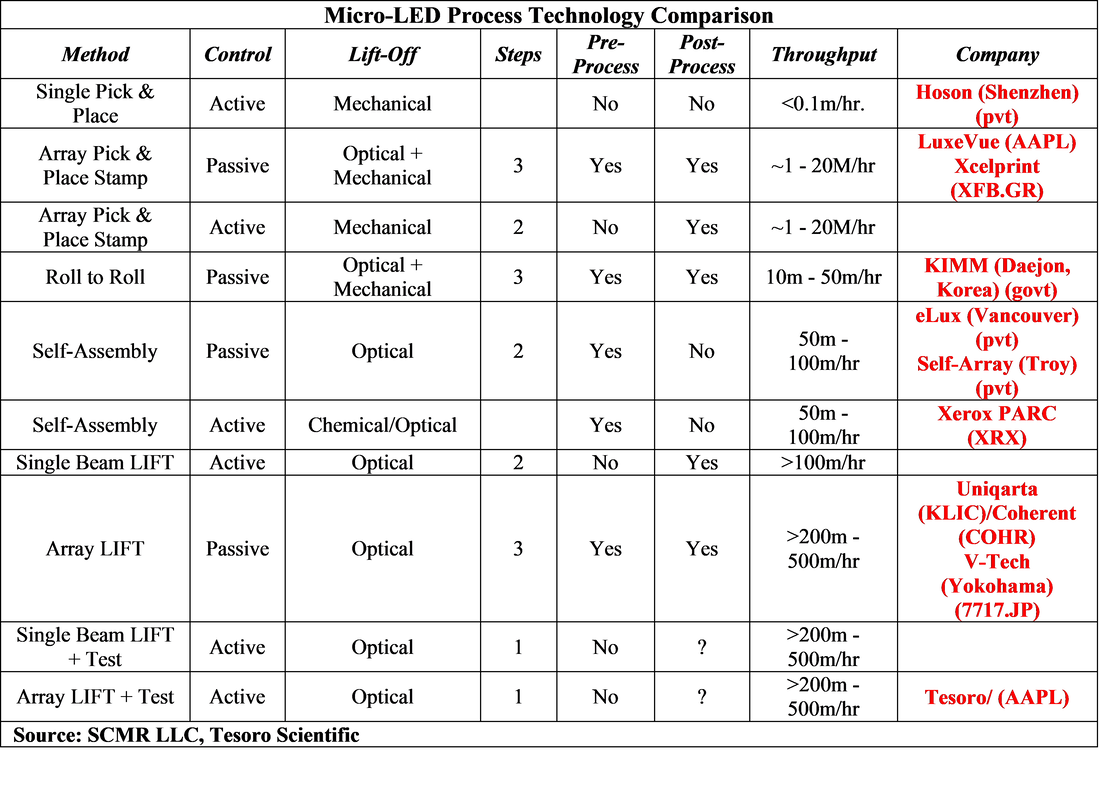
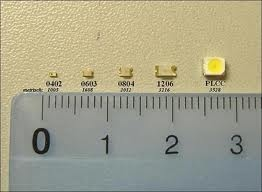
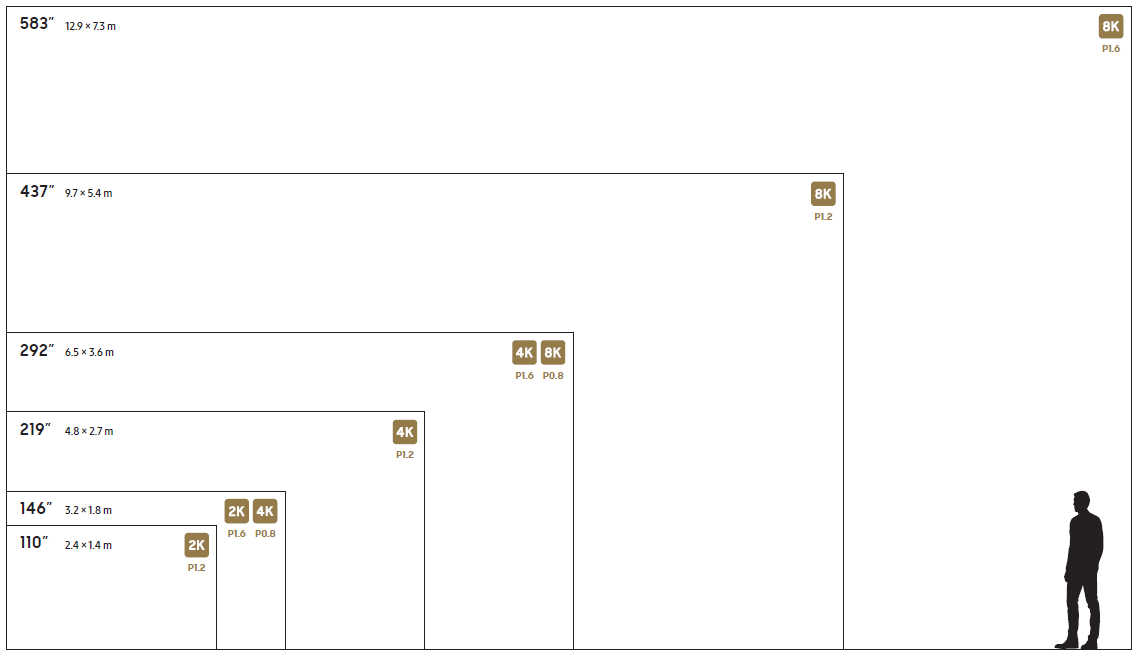
 RSS Feed
RSS Feed